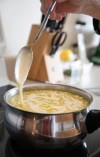Egg-venturous
Get out of your shell by mastering the basics of this versitle food
Advertisement
Read this article for free:
or
Already have an account? Log in here »
To continue reading, please subscribe:
Monthly Digital Subscription
$0 for the first 4 weeks*
- Enjoy unlimited reading on winnipegfreepress.com
- Read the E-Edition, our digital replica newspaper
- Access News Break, our award-winning app
- Play interactive puzzles
*No charge for 4 weeks then price increases to the regular rate of $19.00 plus GST every four weeks. Offer available to new and qualified returning subscribers only. Cancel any time.
Monthly Digital Subscription
$4.75/week*
- Enjoy unlimited reading on winnipegfreepress.com
- Read the E-Edition, our digital replica newspaper
- Access News Break, our award-winning app
- Play interactive puzzles
*Billed as $19 plus GST every four weeks. Cancel any time.
To continue reading, please subscribe:
Add Free Press access to your Brandon Sun subscription for only an additional
$1 for the first 4 weeks*
*Your next subscription payment will increase by $1.00 and you will be charged $16.99 plus GST for four weeks. After four weeks, your payment will increase to $23.99 plus GST every four weeks.
Read unlimited articles for free today:
or
Already have an account? Log in here »
Karl Oman is something of an egg-vangelist.
“I think people underestimate the egg,” says the chef and culinary arts instructor. “Eggs are the best thing ever; they’re like nature’s wonder — eggs are the cheapest protein you can buy, eggs have all your vitamins, except vitamin C, and eggs have all nine amino acids.”
After a career in hotel kitchens, Oman landed a faculty position at Red River College Polytechnic, his alma mater, in 2006. His favourite part of the job is seeing first-year culinary students gain new skills and greater appreciation for food — something he’s been fascinated by since childhood.
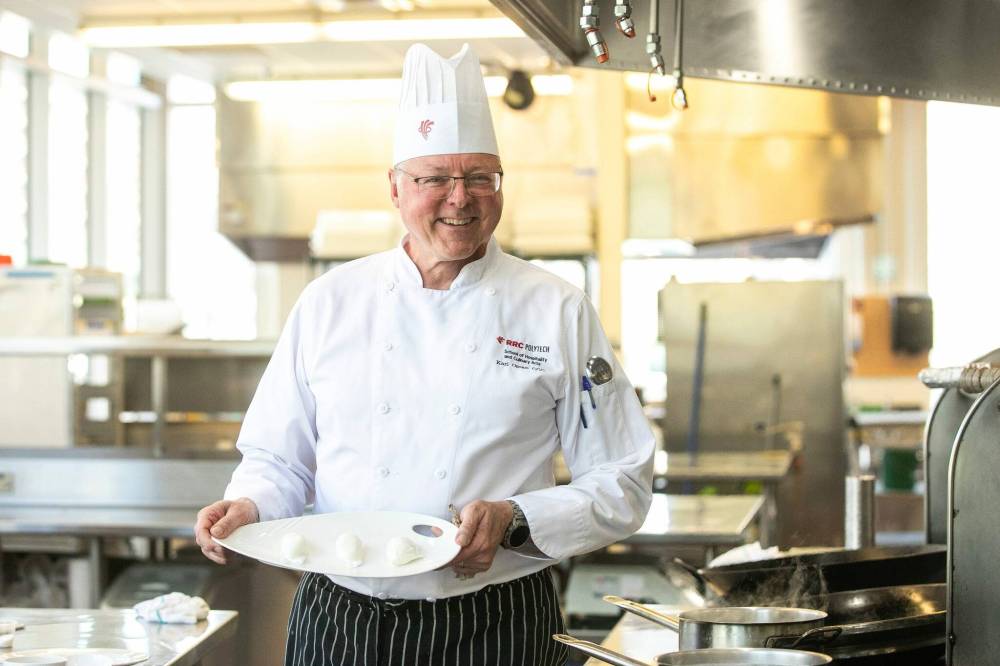
MIKAELA MACKENZIE / FREE PRESS
Karl Oman is the head of Red River’s short-order lab, where students learn to cook fast, easy breakfast and lunch items.
“I always wanted to cook. Food brings people together in all situations. Whether it’s a celebration or a sad time, nourishment and hospitality bring people together,” he says.
Oman leads the program’s short-order lab, where students learn to cook fast, easy breakfast and lunch items for the Culinary Exchange, a public food court at Paterson GlobalFoods Institute.
Eggs are a big part of the curriculum.
Selection and storage
Eggs come in a variety of sizes and are graded according to their appearance and condition. All eggs sold in the grocery store are Grade A, meaning they have clean, intact shells, round yolks and firm whites.
Shell colour has no bearing on quality.
Most recipes call for large or extra-large eggs, but sizes can range from pee-wee (eggs weighing less than 42 grams) to jumbo (70 g or more).
Eggs are also marketed based on feeding and farming practices.
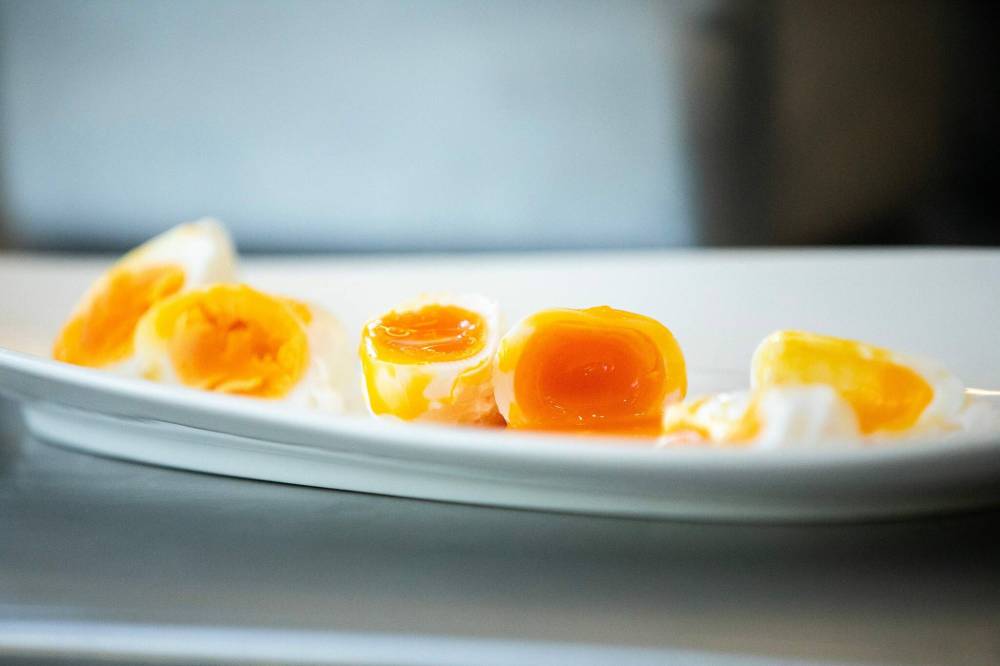
MIKAELA MACKENZIE / FREE PRESS
A plate of poached eggs is ready to go.
Organic eggs come from hens fed a certified organic diet, while omega-3 and vitamin-enhanced eggs are produced by birds fed a certain amount of flaxseed or supplemental nutrients. Yolk colour is determined by diet.
Products labelled free-run come from hens raised in cageless indoor facilities. Free-range means the chicken has some access to the outdoors. Cartons with no indication of farm type are produced by birds kept in cages.
Oman recommends storing eggs in the fridge in their original carton.
“Don’t unpack them and keep them away from things that have strong odours — no onions, no garlic — because they’ll pick up any strong smells. They’ll last for weeks in the fridge,” he says.
While eggs kept on the counter are safe to eat, the whites can get runny when kept at room temperature.
“They’re both good for eating, good for scrambling, but not for presentation,” Oman says.
Cracking and cooking
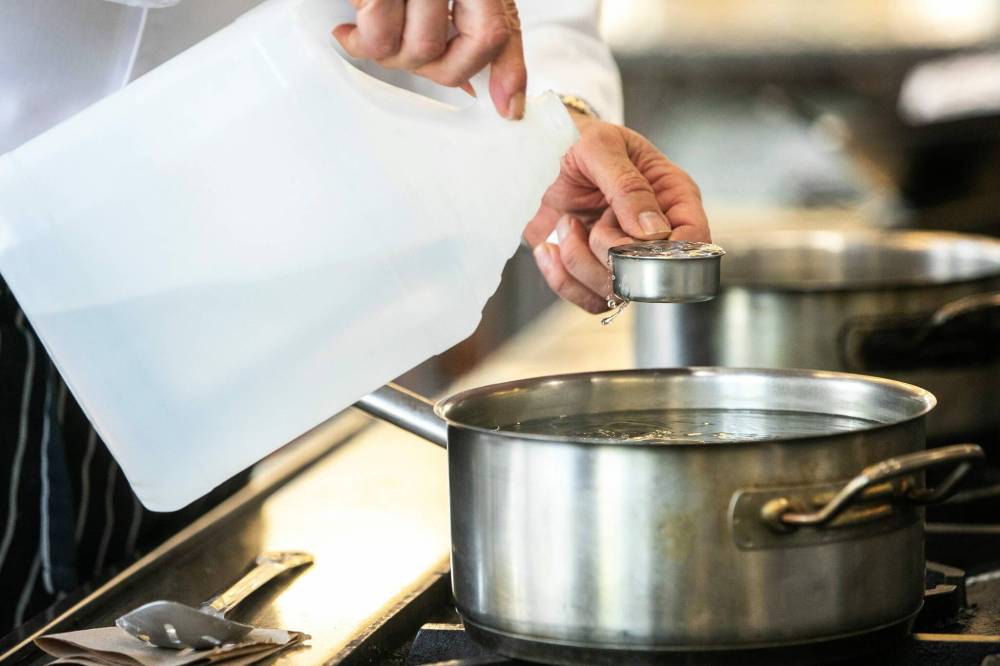
MIKAELA MACKENZIE / FREE PRESS
Add a bit of vinegar to poached eggs, says Karl Oman.
There’s no real mystery to properly cracking an egg.
“Just give it a good hit” on a hard edge, such as a bowl or countertop, Oman says.
If bits of shell end up in the mix, use a large piece of intact shell to scoop out the interlopers. The shell can also be used to separate eggs by passing the yolk carefully between two shell halves while the white falls into a bowl below.
While eggs are often associated with breakfast, Oman is a proponent of adding them to any meal in place of more expensive forms of protein.
“Meat’s getting expensive. Eggs are still quite economical.”
Here are some common modes of preparation:
Boiled: Place eggs in a pot and cover with water. Bring to a boil on the stovetop, turn down the heat and simmer to desired doneness — six minutes for soft- or 11 minutes for hard-boiled. Shocking the cooked eggs in an ice bath can make them easier to peel.
Poached: Add salt (5 ml per litre) and white vinegar (15 ml per litre) to a pot of water. Crack an egg into a bowl and set aside. Bring the water to a gentle boil on the stovetop and reduce the heat. Stir the water and slide the egg from the bowl into the centre of the whirlpool. Let cook undisturbed for 3 to 5 minutes for a soft- or hard-poach.
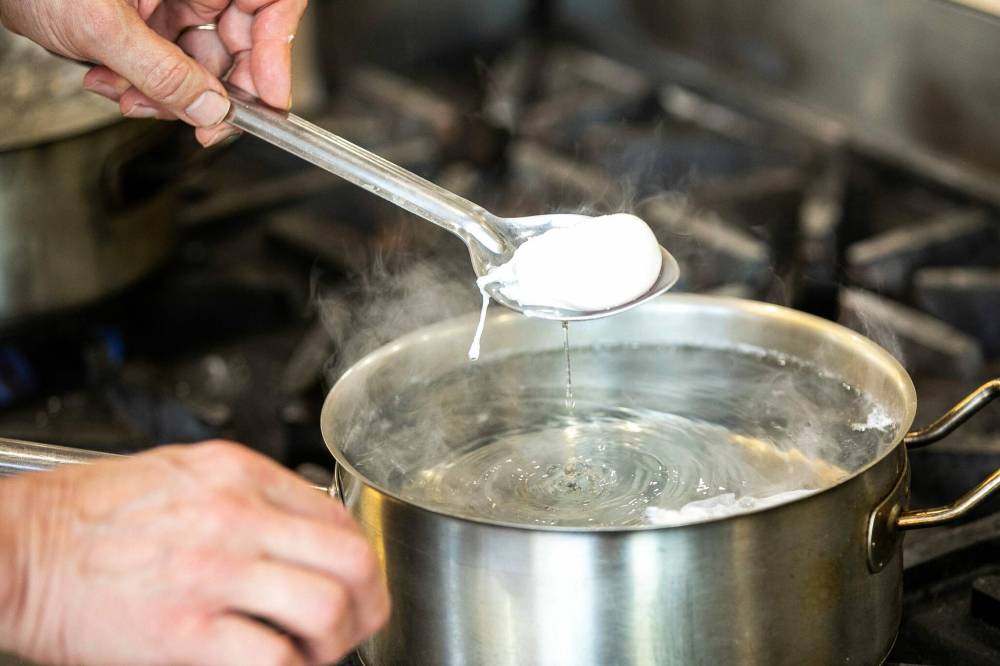
MIKAELA MACKENZIE / FREE PRESS
A slotted spoon will help get the egg out of the water.
Remove the egg with a slotted spoon and place the bottom of the utensil on a paper towel to remove excess water (visit wfp.to/eggpoach to watch a video of Oman demonstrating how to poach an egg).
Fried: Heat a frying pan over medium heat. Crack an egg into the pan and cook until the white is set and the yolk reaches desired doneness. Sunny side up eggs are fried on one side with a runny yolk, while over-easy, over-medium and over-well eggs are flipped near the end of cooking to fry both sides.
Basted: This method is similar to frying. Crack eggs into a hot pan. Add a splash of water and cover, cooking until whites are set and yolks are soft or hard.
Scrambled: Crack eggs into a bowl. Add salt, pepper and about 5 ml of milk or cream per egg. Whip until the mixture is smooth and uniform. Heat a pan over medium heat. Add eggs and stir constantly, removing from the heat when the mixture is just set.
“It should still be moist and shiny. Everybody eats their scrambled eggs dry and horrible,” Oman says.
Baked: Also called shirred. Crack whole or scrambled eggs into a shallow oven-safe dish and bake at 175 C (350 F) until cooked through, about 15 to 20 minutes.
Tips for egg-cellent results

MIKAELA MACKENZIE / FREE PRESS
Poached eggs are a staple in some households.
“Start with a cold egg, the fresher the better,” Oman says.
Always use butter instead of oil for more flavour when pan frying and avoid cooking eggs at high temperatures.
“Eggs don’t like high heat. Go low and slow,” he says.
eva.wasney@winnipegfreepress.com

Our newsroom depends on a growing audience of readers to power our journalism. If you are not a paid reader, please consider becoming a subscriber.
Our newsroom depends on its audience of readers to power our journalism. Thank you for your support.




